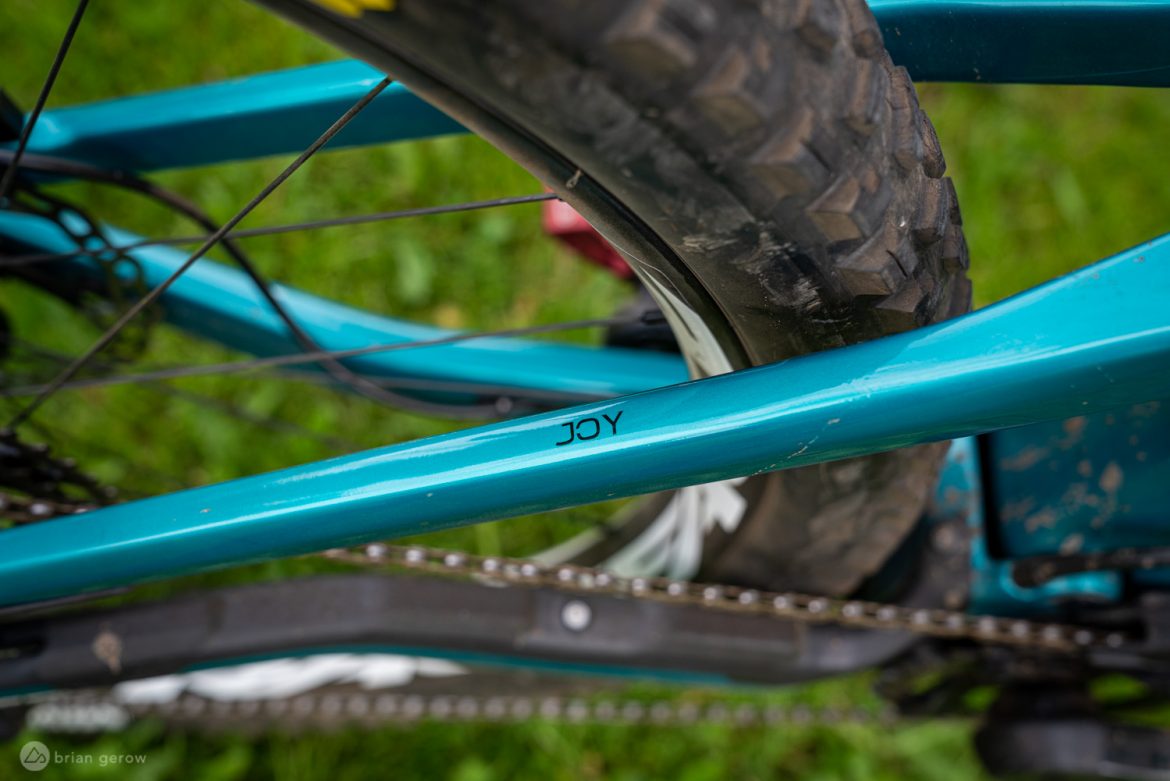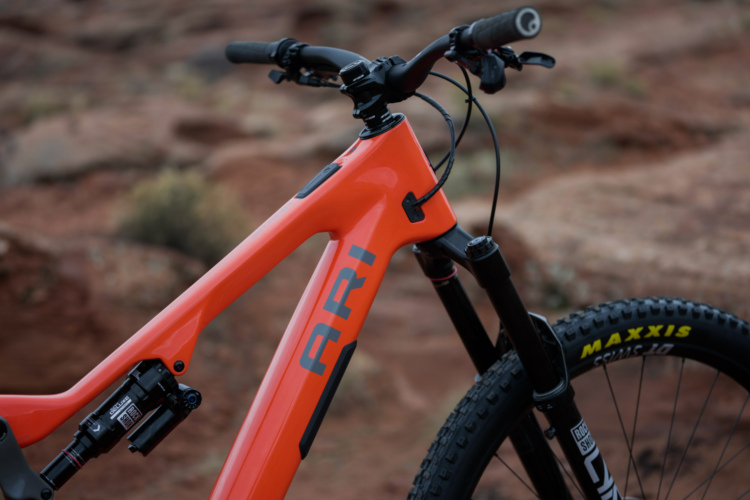
You may know the story of the French plumber turned professional enduro racer. The one who’s really fast, even compared to other French athletes, and who raced moto for many years prior. That’s Damien Oton. He’s a rad cat, and he’s retiring from EWS racing this year to spend more time with his daughter and to take on a new role with Orbea. Similar to the career transitions we’ve seen with racers like Jerome Clementz and Fabien Barel, Oton will continue racing a bit while working on product development and event management with the Spanish bike brand.
After winning a regional series near his home in southwestern France, Oton quit his job as a hydraulics specialist to race gravity full time. He finished in 11th position at the first EWS race in Punta Ala, Italy, back in 2013 and has since topped countless podiums. The 2021 EWS season was a wet one, and Oton says he struggled to perform at his peak in the mud. Despite not loving the slip-n-slide effect, he managed to crack the top 20 in four of the eight rounds this year; a respectable close to his impressive career.
These past two seasons of EWS racing have been a bit different, with doubled-up events and repeated tracks to make things work with COVID restrictions. Like a lot of riders, Oton fully understands and supports the double-header format that has allowed him to race through the pandemic, but he doesn’t enjoy it. The young Frenchman loves enduro stage races and single-run practice laps that give an advantage to folks who can read terrain quickly and make fast decisions. He also prefers the old EWS formats that included long climbs and far less chair lift time.

To spice things up a bit, he raced an EWS-E event for the first time this season, and he says it was heaps of fun. Oton finished the race in 9th position, behind a field of e-bike veterans who are far more accustomed to the heavy, battery-powered machines. He was under the impression that the race would be easier with electric assistance and was surprised to find it just as hard as a regular EWS course.
“That was insanely hard. It was twelve stages with super short transitions. I made it to the start of stage one with one minute left [before my start time] with full turbo mode on the bike. The power stages were so hard.” Oton says that the EWS-E race reminded him of racing enduro-moto, where there is very little downtime and riders are fully pinned for six-plus hours of the day. He plans to line up for another e-bike race next season but doesn’t want to commit to a packed calendar of racing again. He says that if he was going to fully train for racing he would do so for the classic muscle-powered EWS.
The primary reason Oton has decided to retire this year is to spend more time at home with his daughter, Joy. After one specific race weekend, he arrived home and was chatting with her when she said, “I hope this is the last bike race daddy because I want you to stay with me.” That was it. He knew it was time to transition his role with Orbea into something that will allow for more family time.
Oton has another contract year with Orbea, and he says that once he announced retirement they were sad to see him go. Three days later he received an email from the boss asking him to stay on in marketing and product development capacity, and he happily accepted.
We asked Oton what his favorite EWS locations are from those many years of racing, and he said without a hitch that la Thuile is at the top of the list. “I don’t know why, because it’s not like home. It’s super steep and really fun to ride there. It’s a special place and I really like it.” He has always had solid results on the Northern Italian tracks, which is impressive given that they are some of the longest and roughest trails in any EWS race.
After his big move from Devinci to Orbea, Oton has been working closely with the brand to develop an ideal enduro race machine with the Rallon. He says that the updates for this latest iteration make for a better ride at high speed. The chainstays are longer, and the bike is larger overall, adding to its wide-open stability. The new kinematic is also far more progressive, seeing him drop two volume spacers from his air shock and crack open the compression circuit when running a coil.
The updated bike can be run as a mixed wheel or full 29er, and he’s enjoying the smaller rear wheel on tight trails. “For small guys like me, it’s really sick. For sure there are places where the mullet is slower, like flat rough stuff when you have to keep momentum. But, I have ten times more fun on the mullet, because I’m small and when it’s steep it’s just so much fun. And fun is fast.” After testing the bike with 29″ and mixed wheels, Oton says that the timed runs are almost identical, but the improved feeling with the small rear diameter is what he will be sticking with.
So, Oton will no longer be opening emails from his coach telling him what intervals are on tap for the day, but he will remain fully integrated with the gravity culture he loves. In addition to the new job and increased family time, he will be spending a good amount of hours on his motorcycle and road bike to maintain fitness. He says that the moto encourages him to really push his speed on the bike, and it also helps him read the track since that has to be done so much more rapidly on the moto.
Finally, we asked Oton who he thinks will lead the EWS in 2022, and his answers were similar to what we were thinking. “Jack Moir was insanely strong, and he proved that he can be super fast on all types of terrain. I think he’ll be hard to beat next year. Also, Martin Maes. He’s been super unlucky for a few seasons, with injuries and with his doping control in Madeira. I hope 2022 will be his year. I’ll put my money on Martin. Then, if Isabeau has a good winter she will be at the top of the women’s field again.”
You can follow along with Damien Oton on his social media channels to learn what retirement looks like for one of the fastest gravity riders the world has ever seen.






















0 Comments